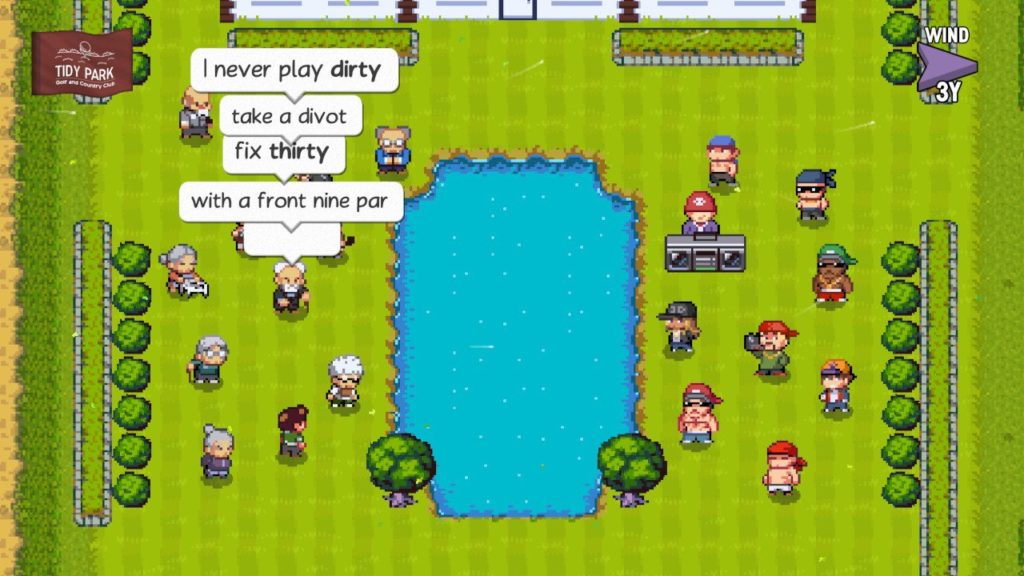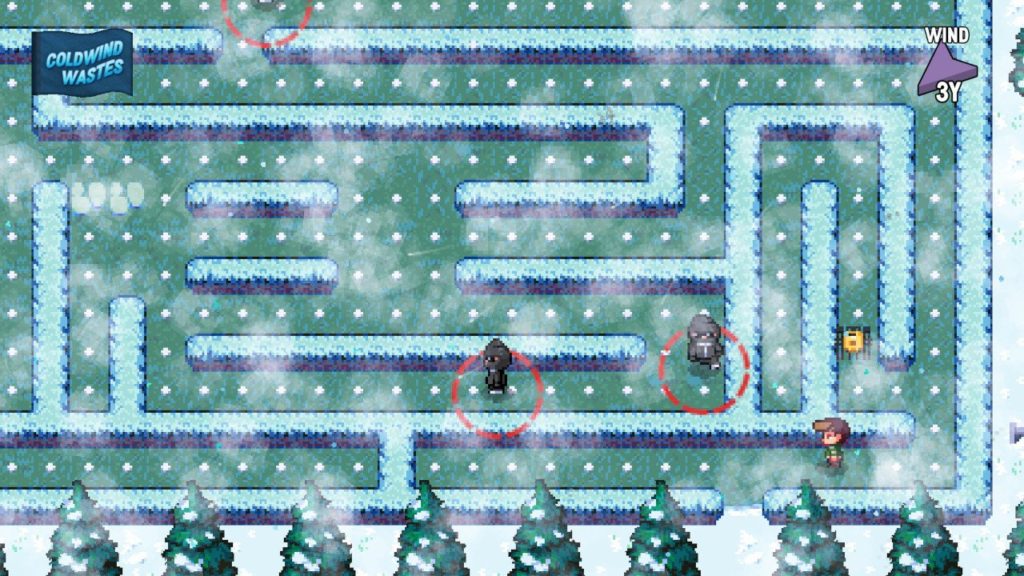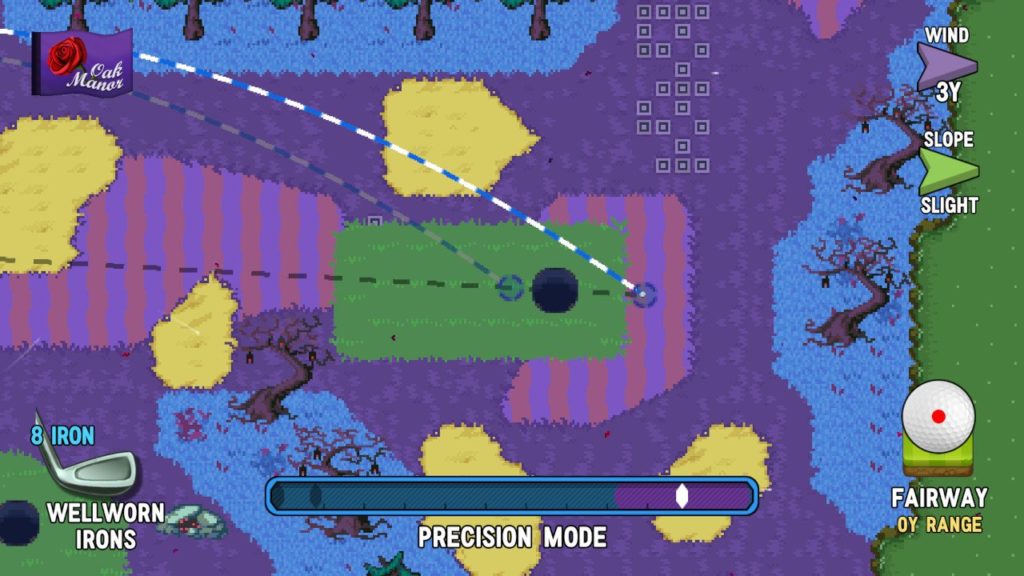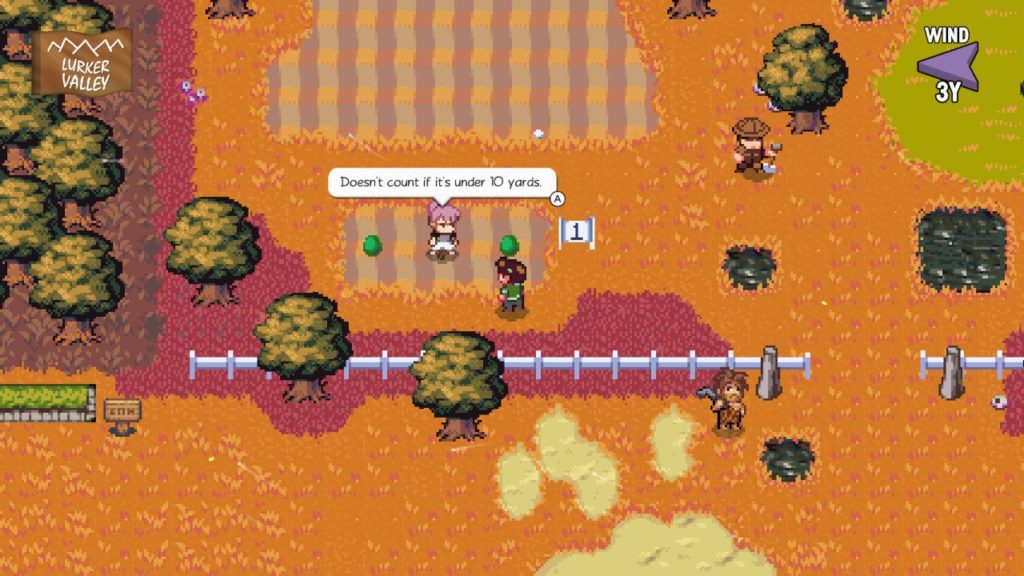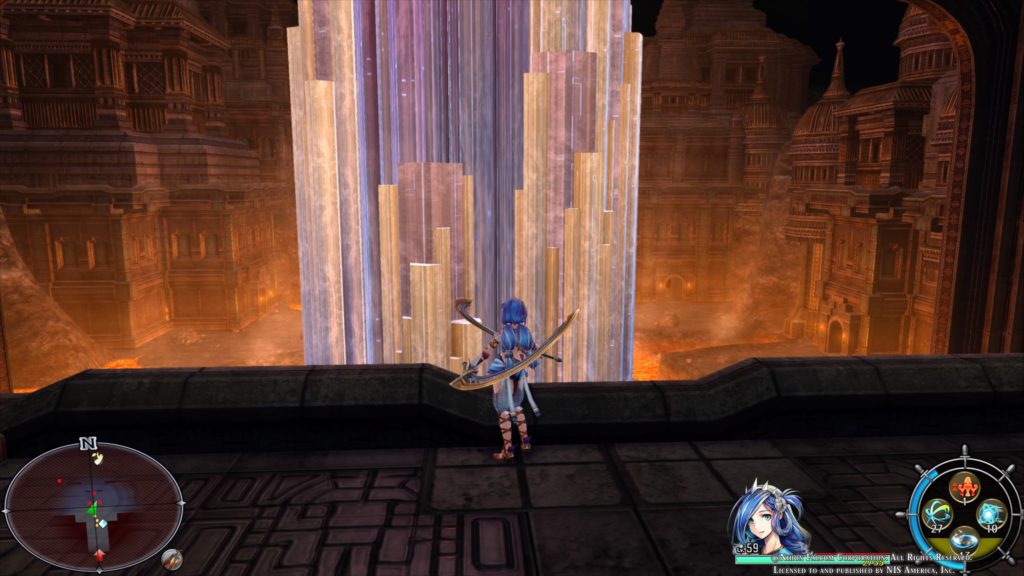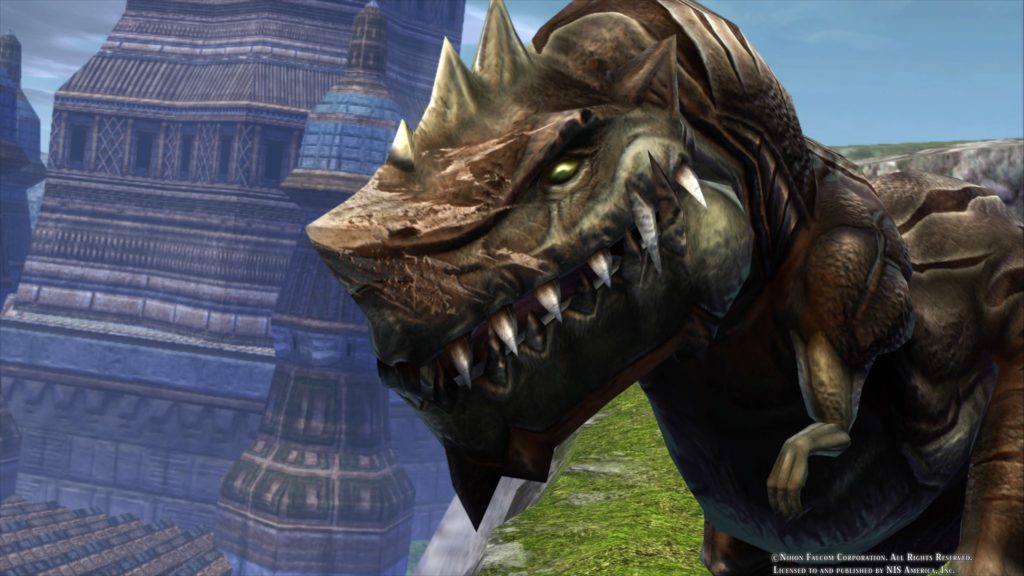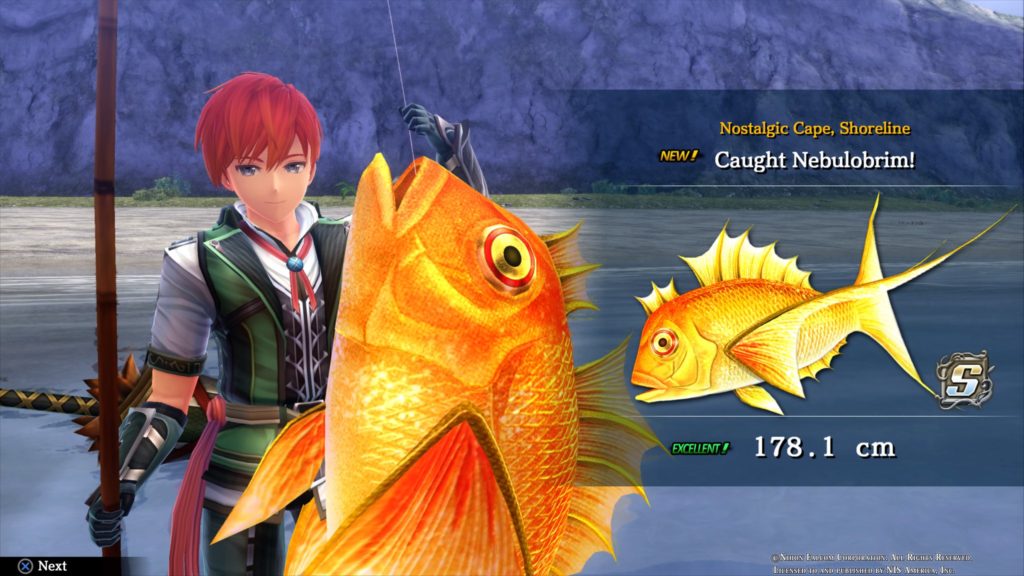- Genre: JRPG
- Platform: 3DS
- Originally Released on: GBA
TL;DR
- Faithful remake with the right mix of visual polish without losing the soul of the original
- Battle system still holds up, particularly against the newer entries that went more experimental
- Bowser’s Minions portion of the game well made, but feels more suited towards mobile
I suppose the TL;DR really should have read – If you enjoyed the original, you’ll enjoy the remake – because that’s really all there is to it. The fact that this game is enjoyable is not a mystery. In its GBA form it was well received for funny dialogue, a great battle system, and a visual style that brought the world to life. All of that moves itself to the 3DS perfectly well, with some enhancements to the visuals and audio that make this feel a lot more modern. In addition, the new Minions mode does add a particularly nice tie in to what happened to the typical enemy cast of the game while the Mario Bros were out adventuring, even if the mode feels more suited to a mobile device. All in all, this is a solid remake that folks holding onto their 3DS will find worth playing.
For anyone that hasn’t played these games before, like any JRPG the battle system is really the core of what made the gameplay so special, and it’s standard turn based with a twist. Like Super Mario RPG on the SNES, button inputs at the right time can provide both offensive and defensive capabilties, in this case tied to A and B for Mario and Luigi respectively. The combat in place here was probably as simple as the series had, but the simplicity was also its strength. The core moves were easy to pull off and strong (jumps, hammer attacks, and fire/ice ball attacks). Moving up in complexity and strength, the brothers can combine to do Bros Attacks, involving more intricate combo and timing segments to pull off large damage. This pattern of A and B for each brother then goes into the entire game, whether it’s character-specific actions during combo attacks or actions taken in the overworld for traversal purposes.
Speaking of which, the overworld actions are still a lot of fun to use, and end up being the big puzzle push for the game. Most puzzles tend to be fairly basic, and generally involve whatever the latest power the bros gained, but they provided a nice break in the action that wasn’t just straight battle grinding. By the end of the game the brothers had a set of 10 traversal abilities, giving the inevitable Bowser’s Castle run a huge amount of flexibility in the use of different powers.
As far as changes go, there were some dialog changes, a few additional side quests, and the more obvious sound and visual upgrades. However, the big addition was the Bowser’s Minions portion of the game. Within the first couple hours, this mode is unlocked, and then runs as a separate independent mode with its own new (and entertaining story). From a gameplay perspective, it’s a simple mode of assembling a squad of minions and having them faceoff against an enemy squad. They can be one of three types, giving us an advantage triangle not too dissimilar to Fire Emblem. The fight then automatically goes, with the player really only occasionally interfering, whether to block special attacks or do a timed input for a damage bonus.
In general, the mode is mechanically solid, but I couldn’t shake the feeling that it would have worked out a lot better as a phone game, and that’s the biggest problem I had with it. Each battle is a generally quick hitting segment, with maybe a few minutes of story the first time you play, then combat lasting maybe a minute or two per battle. Given the size and number of units you can get, it then encourages you to keep replaying the battles to level up units. Victory grants more units, as well as beans used as a type-specific XP boost, allowing for even more growth of the party. In general, this feels perfect for a phone where you’d fire it up to play a couple levels then be done, and less perfect for the 3DS where it’s still just a sub mode to the much deeper main game. And I’m being serious when I say I’d absolutely play this on my phone because it is a lot of fun.
There’s really not much to say here. If you liked a previous Mario & Luigi or enjoyed the original release at all, this is still a great game. The battle system is really solid, the writing is often times hilarious, and there’s a ton of content to be had here. It also shows that the gameplay of the first couple games in the series is likely what I consider the pinnacle of the series, with a couple of the more experimental entries on the 3DS perhaps going a bit too far away from the core. Hopefully this means Nintendo is considering a more traditional entry looking forward to the Switch, but if the worst we get is another remake then I suppose we’re still doing pretty good.


